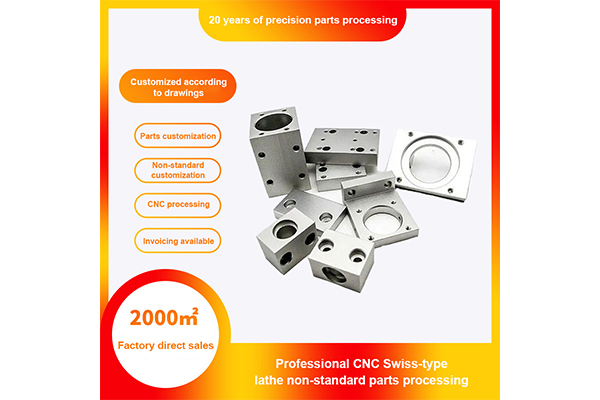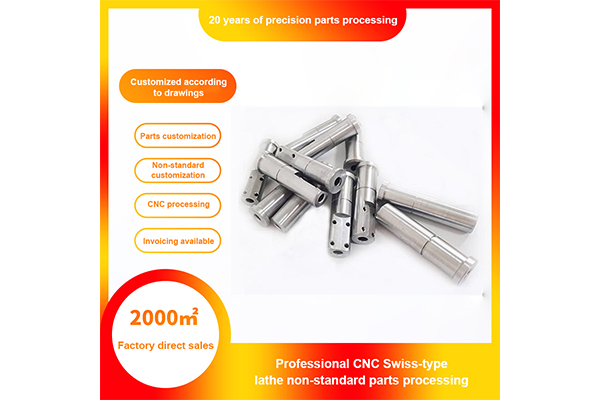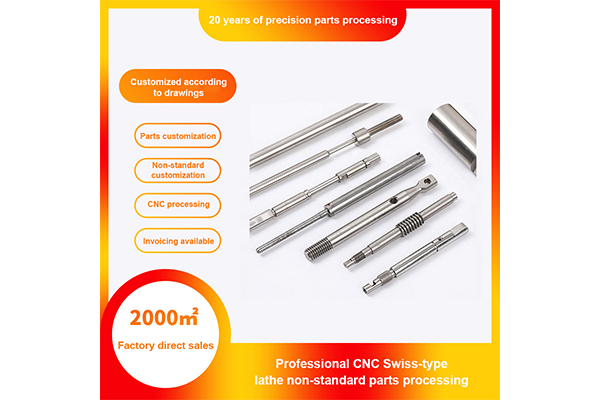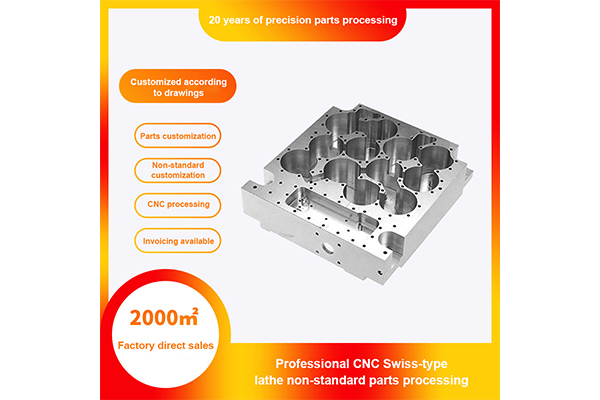What are the electrostatic protection measures for electronic components?
Release Time : 2025-01-22
First, grounding is the most basic and effective way to eliminate the hazards of static electricity. By connecting the charged body directly to the earth, the static charge can be introduced into the earth, thereby avoiding the accumulation of static electricity to damage electronic components. This includes measures such as wearing an anti-static wrist strap, grounding the work surface, and grounding the test instrument and soldering iron.
Second, the use of anti-static materials is also an important protective measure. For example, anti-static floors, anti-static work clothes, anti-static gloves, etc. can effectively reduce phenomena such as friction electrification and contact separation electrification, thereby reducing the generation and accumulation of static electricity.
Third, increasing the humidity in the workplace helps to reduce the generation of static electricity. In a dry environment, static electricity is easy to generate and accumulate, so a humidifier or other methods can be used to maintain an appropriate humidity level to reduce the hazards of static electricity.
Fourth, static shielding is another effective protective measure. By surrounding the charged body, phenomena such as static induction and discharge can be prevented. When storing and transporting electronic components, metal shielding bags or shielding rooms can be used to prevent static discharge from affecting them.
Fifth, ion neutralization is also one of the important methods to eliminate the hazards of static electricity. The hazards of static electricity are eliminated by injecting opposite charges into the charged body or using ion generators to neutralize the charge of the charged body.
Sixth, it is crucial to train and educate staff on electrostatic protection knowledge. Improving employees' awareness of the hazards and protection of static electricity, and letting them understand the principles, hazards and protective measures of static electricity can better carry out protection work.
Finally, regular inspection and testing of the performance of protective equipment is also the key to ensuring effective electrostatic protection. This includes testing the conductive properties of electrostatic mats and electrostatic wrist straps, checking the integrity of anti-static packaging, etc., to ensure that all protective measures are in good condition.







